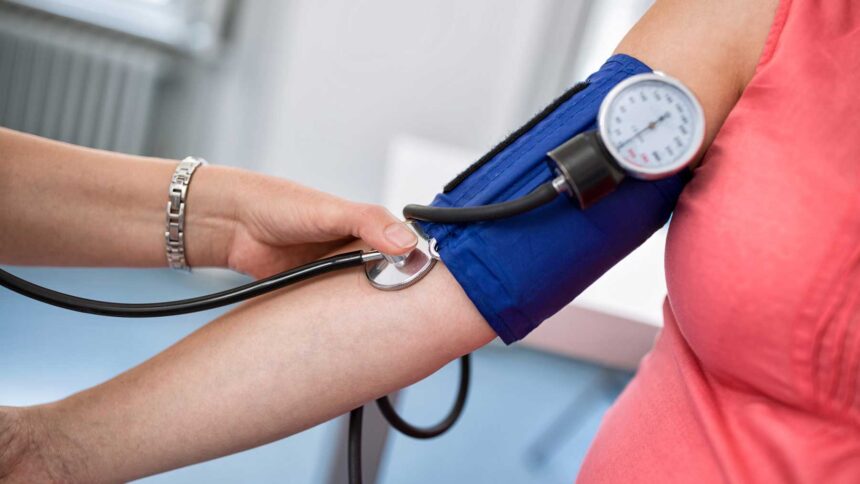Low blood pressure also known as hypotension is when your blood pressure is lower than expected, this means a person’s blood pressure is a reading below 90/60 mm Hg. There are several types of low blood pressure, Orthostatic hypotension is a sudden drop in blood pressure when standing from a sitting position or after lying down, this is common in older adults. The second type of low blood pressure is postprandial hypotension, this drop in blood pressure occurs within 1 to 2 hours after eating, and the last is neutrally mediated hypotension which is a blood pressure that happens after standing for long periods, mostly common with children.
Most times, hypotension does not have noticeable symptoms, however, symptoms of hypotension include dizziness or feeling lightheaded, fainting, nausea, distorted or blurred vision, fast shallow breathing, fatigue or weakness, feeling tired, sluggish or lethargic, and trouble concentrating. In extreme situations, low blood pressure may be the sign of an underlying health condition, and symptoms of this include weak and rapid pulse, change in skin color (looking lighter than normal) cool knee caps, low cardiac output, and low urine output.
Hypotension can be caused by different reasons, for instance, when you stand up too quickly and your body cannot compensate with more blood flow to your brain, this can cause low blood pressure. It can also be caused by conditions like Parkinson’s disease which affect how your nervous system controls your blood pressure. Other causes of hypotension include blood loss from injuries, conditions like heart attacks, alcohol, some medications, extreme temperature, pregnancy, infection, and lack of nutrients in the diet.
Hypotension can be treated in two ways, lifestyle changes and medical treatment. Lifestyle changes include staying hydrated, in some cases increasing your electrolyte intake to help keep your blood pressure higher is recommended. Also, if you experience low blood pressure when standing for long periods, flex your legs and muscles, and move in place. When standing up, stand slowly and gradually. If you experience low blood pressure after eating, eat smaller meals throughout the day, it is also advised to increase your salt intake to help.
MUST READ: Dark Chocolate-Covered Almonds
Some forms of hypotension require medical treatment such as a prescription of daily medication by a doctor to help raise severely low blood pressure, these medications are responsible for assisting your kidneys to keep fluids and salt in your body. Also, the use of intravenous fluids, plasma, or blood transfusions to increase blood volume.
In conclusion, it is important to measure your blood pressure regularly, because for many people, hypotension does not cause any symptoms. If you suspect you have low blood pressure, seek help from your doctor, they can provide you with the necessary treatment and proper treatment which in turn can help you avoid other complications.


